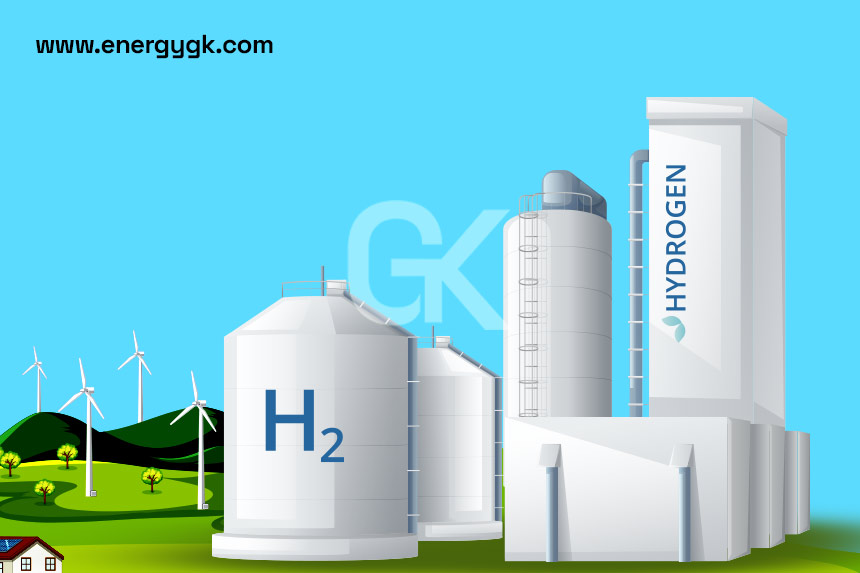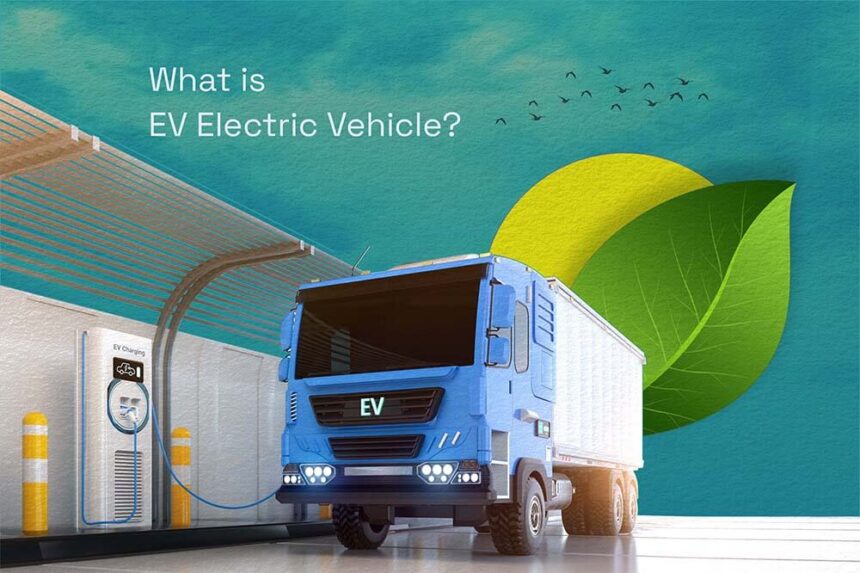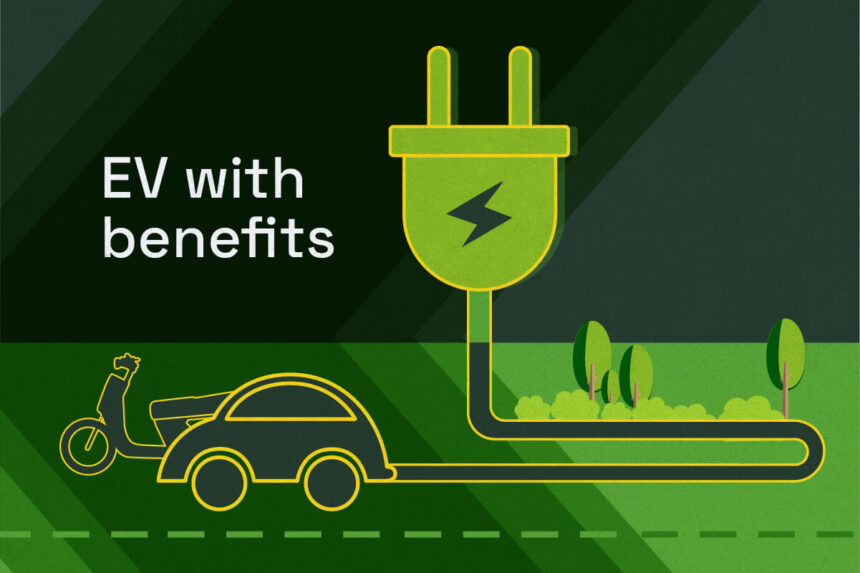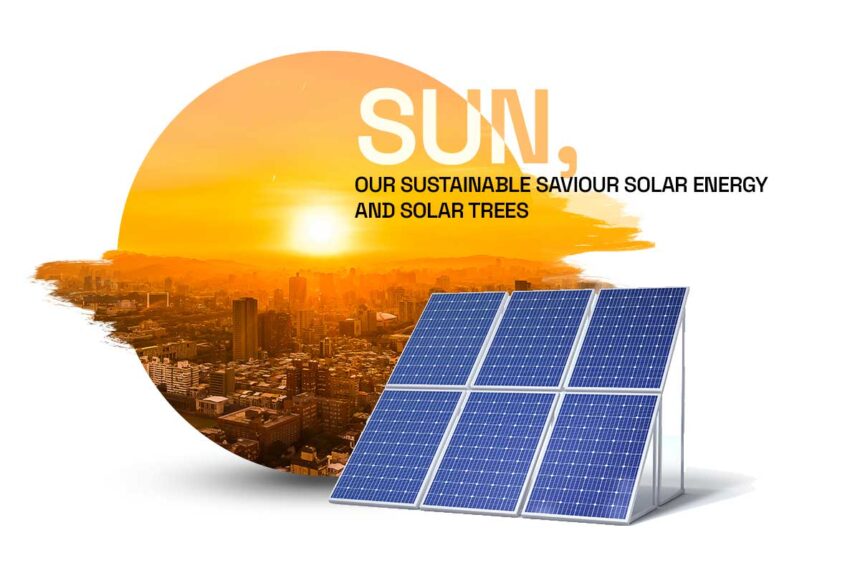Energy storage plays a pivotal role in our modern society by enabling efficient utilization of electricity and facilitating the integration of renewable energy sources. This article explores various energy storage technologies that are revolutionizing the way we store and utilize energy. From battery energy storage systems (BESS) to compressed air energy storage (CAES) and hydrogen energy storage, we will delve into the diverse options available today.
Battery Energy Storage Systems (BESS)
Battery energy storage systems (BESS) are widely recognized as a versatile and effective means of storing electrical energy. BESS utilize different types of batteries, such as lithium-ion, lead-acid, and flow batteries. These systems offer significant advantages, including high efficiency, rapid response times, and scalability. However, they also have limitations, such as limited lifespan and potential environmental concerns.
Pumped Hydro Storage
Pumped hydro storage is one of the oldest and most prevalent forms of energy storage. It involves using excess electricity to pump water to a higher elevation and then releasing it to generate electricity during peak demand periods. This technology offers large-scale storage capacity, long cycle life, and relatively low costs. However, its implementation is often constrained by geographical requirements and environmental considerations.
Flywheel Energy Storage
Flywheel energy storage utilizes the kinetic energy of a rotating flywheel to store and release energy. It offers high power density, rapid response times, and long cycle life. Flywheels are particularly suitable for applications requiring short-term energy storage and high power output. However, challenges such as mechanical losses and the need for high rotational speeds can limit their widespread adoption.
Compressed Air Energy Storage (CAES)
Compressed air energy storage (CAES) is a promising technology that stores energy by compressing air and later releasing it to drive turbines and generate electricity. CAES systems can utilize underground caverns or above-ground vessels for air storage. They offer large-scale energy storage capabilities, long-duration discharge, and compatibility with existing infrastructure. However, their efficiency is relatively lower compared to other storage technologies, and they may pose challenges in terms of air leakage and environmental impact.
Thermal Energy Storage
Thermal energy storage (TES) systems store energy in the form of heat, which can be utilized for various applications. TES technologies include phase change materials, thermal storage tanks, and molten salt systems. These systems offer high energy density, long-duration storage, and the ability to provide both heating and cooling solutions. They find applications in buildings, industrial processes, and solar thermal power plants. However, TES systems often require specific infrastructure and can be limited by the availability of suitable materials.
Hydrogen Energy Storage
Hydrogen energy storage involves the production, storage, and later use of hydrogen as an energy carrier. It can be stored in compressed gas or liquid form, or chemically bound in materials like metal hydrides. Hydrogen offers high energy density and can be produced from renewable sources, making it a promising option for long-term energy storage and transportation. However, challenges related to hydrogen production, storage, and infrastructure development need to be addressed for widespread implementation.
Supercapacitors
Supercapacitors, also known as ultracapacitors, store energy electrostatically and can deliver high power outputs. They are characterized by rapid charging and discharging capabilities, long cycle life, and wide temperature tolerance. Supercapacitors find applications in regenerative braking systems, peak power shaving, and grid stabilization. However, their energy storage capacity is lower compared to batteries, limiting their use for long-duration energy storage.
Other Energy Storage Technologies
In addition to the aforementioned technologies, there are several emerging energy storage options being researched and developed. Flow batteries, which store energy in chemical solutions, offer scalability and the ability to decouple power and energy capacities. Molten salt storage systems utilize high-temperature liquids to store and release energy efficiently. Gravitational storage concepts, such as lifting heavy weights and releasing them to generate electricity, show potential for long-duration storage. These technologies are at varying stages of development and hold promise for the future of energy storage.
Comparison of Energy Storage Technologies
When evaluating energy storage technologies, several factors must be considered. These include cost, efficiency, scalability, environmental impact, and application-specific requirements. Each technology has its own strengths and limitations, making it important to match the appropriate storage solution to the specific use case. For grid-scale applications, pumped hydro storage and large-scale BESS may be suitable, while hydrogen storage and thermal storage can provide long-duration solutions. For smaller-scale applications or mobile devices, lithium-ion batteries and supercapacitors offer compact and efficient options.
Future Trends and Challenges
The field of energy storage is continually evolving, driven by advancements in technology and increasing demand for renewable energy integration. Future trends include the development of next-generation batteries with higher energy density and longer lifespans, as well as the exploration of novel materials and concepts for energy storage. The challenges ahead involve improving cost-effectiveness, enhancing system efficiency, ensuring safety, and addressing environmental concerns. Collaboration between researchers, industry stakeholders, and policymakers is crucial to overcoming these challenges and unlocking the full potential of energy storage.
Conclusion
Energy storage technologies play a vital role in enabling a more sustainable and resilient energy future. From battery energy storage systems to pumped hydro, fly
wheels, compressed air storage, thermal storage, hydrogen storage, and supercapacitors, a diverse range of options is available to store and utilize energy efficiently. Each technology has its own unique characteristics, advantages, and challenges. The choice of energy storage solution depends on factors such as the scale of storage needed, duration of storage required, power output requirements, and cost considerations.
As we move towards a greener and more renewable energy landscape, the importance of energy storage will continue to grow. It enables the integration of intermittent renewable energy sources like solar and wind into the grid, ensuring a reliable and stable power supply. Moreover, energy storage systems can help optimize energy usage, manage peak demand periods, and provide backup power during emergencies.
In conclusion, energy storage technologies are revolutionizing the way we store, distribute, and utilize energy. From the widely adopted battery energy storage systems to innovative options like hydrogen storage and flywheel systems, these technologies offer unique advantages and contribute to a more sustainable energy future. As advancements in technology continue and challenges are addressed, energy storage will play a crucial role in shaping a cleaner, more resilient, and efficient energy landscape.
FAQs
Q: What is the most commonly used energy storage technology? A: Battery energy storage systems, particularly lithium-ion batteries, are currently the most commonly used energy storage technology due to their versatility, efficiency, and scalability.
Q: Can energy storage help with renewable energy integration? A: Yes, energy storage plays a vital role in the integration of renewable energy sources. It helps manage the intermittency of renewable energy generation and ensures a consistent and reliable power supply.
Q: How long can energy be stored in different storage systems? A: The duration of energy storage varies depending on the technology and the specific application. Some systems, like pumped hydro storage, can store energy for extended periods, while others, such as supercapacitors, are more suitable for short-duration storage.
Q: Are there any safety concerns with energy storage? A: Safety is a critical consideration in energy storage systems. Proper design, installation, and maintenance are essential to mitigate potential risks, such as thermal runaway in batteries or leakage in compressed air storage.
Q: What role does energy storage play in electric vehicles? A: Energy storage is a fundamental component of electric vehicles (EVs). High-capacity batteries enable EVs to store and utilize electrical energy for driving, providing longer driving ranges and reducing dependence on fossil fuels.
Remember to adjust the headings and subheadings according to the appropriate H tags in your final formatting.







